Ok, ok the blog is getting a bit behind. Unusual, I know for me to be so lacking in punctuality, but unfortunately it’s going to take a bit to get back on track again. You see, I’ve found myself some rather incredibly cheap flight to the Galapagos islands (which is a story in itself) and I suspect the blog won’t be first priority. Hope yer all having fun at home! No, no, I wasn’t being malicious at all…
Thursday 02nd June 2016 –
I’ve come across a remarkable discovery. Or, if you want to be pedantic, it’s more of a home made theory, albeit pretty solid in my opinion. You know how history is written by the victors? I don’t think the Spanish really defeated the Incas like they said. I’m pretty sure they destroyed themselves. I’m pretty sure they just got so sick of walking up and down mountains all the time, that they just decided is wasn’t worth it anymore. Were they just gluttons for punishment? Were they incapable of creating a path that was flat?
Seriously though, the trek to Choquequirao really takes it out of you. It’s one of the hardest treks I’ve ever done, and I’m not usually too bad at this sort of thing. It probably wasn’t helped by dreadful organisation and my own home grown illness though, which did its best to alternate hot and cold, and returned with a vengeance each night.
Basically, the path to Choquequirao drops down one side of the valley and climbs the other, then repeats it to come back. That doesn’t sound too bad like that, until you realise that each side is 1500m high. It’s hard to contemplate coming from the UK – put it this way, the highest mountain in England, Scafell Pike, is only 978m above sea level. Even Scotland’s Ben Nevis is only 1346m. So when the valley is 1500m, and then above that mountains rise for thousands of metres more, it’s equally impressive and difficult to gauge real scale. There’s one more factor in the hike though. What originally starts out as a four day trek, turns into only two and a half.
My group set off from Cusco at 5AM. By group, I mean myself and a Frenchman in his early 70s, Francois. This is how few people go – even with all the agencies pooling together, and this being the first trek in a few days, there were only two of us. We did our best to sleep on the bus, and despite the best efforts of our driver, I managed not to be sick on the twisty turny roads of the sacred valley. Eventually, we arrived in Cachora, where we ate breakfast in an old school cafe sporting world news magazine from the 60s, before driving to Capullioc where we would start our hike. Then we had lunch.
Hang on? We’ve only just had breakfast. Yes, this was the first example of woeful organisation. While all Francois and I wanted to do was crack on with the hike, we had to wait hours for Willie, our guide, to make us a cooked lunch. From arriving at Capullioc at 9AM, we didn’t actually start trekking until 1PM, straight after a heavy lunch, too. We might as well have gotten out of bed later.
Once we finally did set off, though, we really got cracking. Planned stops were few and far between, and unplanned ones only really existed due to Francois’ slow pace. I spent a lot of the time chatting with Willie, him seemingly being unable to walk with Francois, trading vocabulary in Spanish, English and Quechua. He was very interested in British ways of saying things, and got me to write down some of his favourite things, but we spoke about other things too. His denunciation of the Salkantay trail to Machu Picchu as being really easy cropping up very often, along with stories of poisonous snakes, spiders and bats in this most benign of lands.
Several hours of descent later, we reached Chiquisca, about half an hour from the bottom of the valley, and where most people camp for the night. Now at only about 1800m, from our start point of 3000m, the climate surrounding this particular grouping of shacks was completely different – now a dry, dusty landscape filled with plantain trees, and other fruits that thrived in the intense heat. Our options were simple – bed down for the night and face the long climb to Marampata the next day, or crack on to Santa Rosa that evening – descending the final 300m, and climbing the first 600m of the far side of the valley. There was, in fact, a third site – Playa Rosalina – at the bottom of the valley, but Willie didn’t recommend it unless we fancied being eaten alive by mosquitoes and sandflies. I chose Santa Rosa, on the basis that if I didn’t have enough energy then, how was I supposed to do it all the next day? To my surprise, Francois went along with it.
This was my first glimpse into what I could only assume was an iron will, that would make itself known over the course of the trek. I should have suspected from the start, I suppose – practically the first thing I heard from him was that if I didn’t speak Queen’s English then he wouldn’t understand me. We spoke only in Spanish after that. When Willie and I arrived at Santa Rosa, an hour after the sun had gone down, exhausted and starving, I wondered how Francois was doing. Willie had once more left him behind, which I did think was a little worrying – what if he injured himself in the dark? At his own pace, an hour later, Francois duly turned up, and there was no room for doubt after that.
Santa Rosa was where I met Greg (a Canadian) and Danny (his Peruvian friend and guide). I’d actually seen them start at Capullioc while we’d been dilly dallying, but we’d keep pace with them for the rest of the trek, and they were the only others going up at the same time as us. Climbing the 900 metres to Marampata the next day was made considerably easier with the breaks they took every so often, even though they walked faster than me, and they stories they had about meeting, and Greg’s job, which took him around the world. Though the climb was a sweaty slog, we could at least, unlike the downhill, look about a bit more, as the morning mist draped over the valley. That, and test out the chicha that the arrieros (muleteers) are so fond of. An alcoholic beverage good for all times of day apparently. Doesn’t taste so great though.
Arrival at Marampata came with a great sense of relief, along with a welcome breeze, just as the sun started to hit our side of the valley. Poor organisation soon struck again, though. After a bit of a rest, Willie set about preparing cooked lunch, which duly took ages to be ready. Surely it would have been easier to give us some sandwiches or the like, so we could set off to Choquequirao a bit sooner? Apparently not, and we ended up leaving straight after lunch, on full stomachs once more.
Disappointingly, we also had to leave without Willie – he’d injured his knee, and didn’t want to aggravate it, so said Paulinho, our arriero, would guide us around the Inca ruins. This was probably what annoyed me most on the trip – the main reason I’d come on a tour was so I’d have someone to tell me about the history of the place in English – my Spanish doesn’t quite extend to technical talk. Paulinho, understandably, only spoke Spanish (and Quechua).
Two hours of up, down and more up later (God damn it, Incas!), we arrived at Choquequirao. Celebrations were wild, and involved eating an apple. No, seriously, I was pretty exhausted. Still, I was over the moon, not just to stop walking, but to finally fulfil an ambition of many years, and many more dreams. It was empty as well, and for a few minutes I just stood still, taking it all in from the safety of the main plaza. The might of a most vast pre-Columbian empire in the Americas had created this place, a mountain hideaway that was not found for hundreds of years until after the civilisation’s passing, and it is still swamped in mystery.
Choquequirao is really spread out – you can never see it all at once, making it appear smaller than sites like Machu Picchu, but different sections drop down the mountainside for hundreds of metres. For example, on the way to Marampata, there is a humongous section of terraces that were used for crops and so on, but unless you had at least a day to explore, you would never get there. It was for this reason that I knew I wouldn’t get to see everything. I just didn’t anticipate the charging around we would be doing.
Paulinho bad been part of the excavation teams when the site was being cleaned up originally, so revealed a different perspective on parts of the site than we’d have heard just from a guide. Things like the fact that the smaller area of terraces at the entrance was actually for herbs and medicines (like coca) as opposed to food crops, and how much the site bad been cleaned up. He took this knowledge with us as we descended around the back of the site.
Hidden from view of the rest of the site was a massive patch of terracing. The most interesting part of it though, was that built into the terrace walls, with white rocks, were pictures. One, at the top, of a snake, an important symbol to the Incas for many reason, including the subtle danger they posed. Then, lower down, llamas. Dozens of them. Such an important part of Inca culture they were, that was can only be described as a monument, was built in tribute. As much as I asked Paulinho, I couldn’t find out what the terraces were used for otherwise. Perhaps they weren’t.
The downside to seeing the llamas? More climb. Over 400 large stone steps, which don’t even take you all the way to the top. Whitby eat your heart out. In my tired state, I had to be careful to place my feet safely, lest I wanted to fall backwards down the mountain. I’m not really sure what the Incas were thinking – Peruvians are invariably considerably shorter than me, and I doubt the Incas were any bigger. If it’s a big step for me…
Once at the top, we explored the rest of the site – up past the waterways that flowed all the way from the mountains (Gods, or Apus, to the Incas), the grain storage buildings and priests homes (complete with inlets where the prettier girls to be sacrificed would have been kept). Down, past the central plaza to a flat hill encircled by a stone wall, used for ceremonies, and rumoured Inca helipad. This is where we finally ended. Paulinho had to go back to tend to the horses, and while I wandered off to explore areas further down the hill, Francois turned back, and I reluctantly returned to the hilltop. Not really the sort of place for solo exploration as it’s getting dark. Still, not a bad way to end the day, looking over Choquequirao – last bastion of the Incas.

The Incas worshipped the mountains as providers of life – water. From here, they had a waterway all the way over the mountain you see in the background.
That just left us getting back to Marampata. I eventually arrived, well after dark, ruined, destroyed, and a bit more dead. I slept my feverish sleep almost immediately, where my illness came to a head. From this point it would be better.
We set off back again the next morning, less looking forward to the return without the incentive of amazing ancient ruins. Willie had put a bit of a downer on things by saying we had to go all the way to Capullioc in the day; down and up 1500 metres, and that the bus wouldn’t pick us up from there, but from Cachora, 10km further down the road. Apparently, there wasn’t another group coming, so they wouldn’t send the bus down the road. I didn’t see why we had to go to Capullioc – we’d have a whole day of doing nothing if we did that, and I wasn’t sure we’d make it anyway.
Nevertheless, I proceeded smoothly down the mountain by myself, and was witness to a horde of people coming up the other way. A most unusual sight for Choquequirao apparently, but there must have been a big organised group, and I was grateful to have been there while it was empty. One larger gentleman was already sat on a horse near the bottom, and I racked my brain for reasons how he possibly could have thought this was the trek for him. There were none.
From the bottom of the valley, we had to climb to Chiquisca before lunch. It was slow going. The cumulative effect of so much in so little time having taken its toll, along with the intense heat of the midday sun. Lunch provided Francois and I with the opportunity to persuade Willie to change plans slightly though, and we resolved to camp at Cocamasana, a couple of hours from the top. It actually made all the difference – after a couple of hours of genuine rest, I was able to talk a more leisurely pace, and also take the time to appreciate the surroundings in a more relaxed way. The Vilcabamba (Willcapampa) valley really is beautiful, and now knowing where we had gone, I could make out the hairpin path we had taken to Choquequirao.
I arrived fresh, feeling more like myself than before, and took that into the next morning, for once beating the metronomic (read: superhuman) pace of the arrieros (they wear sandals, for God’s sake!) to the top, arriving by 8AM. Across the valley I could make out Choquequirao itself, and just watched and imagined the life there would have been there.
Francois dutifully arrived a couple of hours later, but this is where poor tour organisation came into its own again. Since we had no bus to pick us up, we took a taxi to Cachora on Francois’ request. I didn’t argue too much. Here, we said goodbye to Paulinho. In Cachora though, it turned out we didn’t have a bus there, either. Apparently, the company had decided it wasn’t worth sending one for the two (three including Willie) of us, so we had to take a collectivo. Or several, as it turned out.
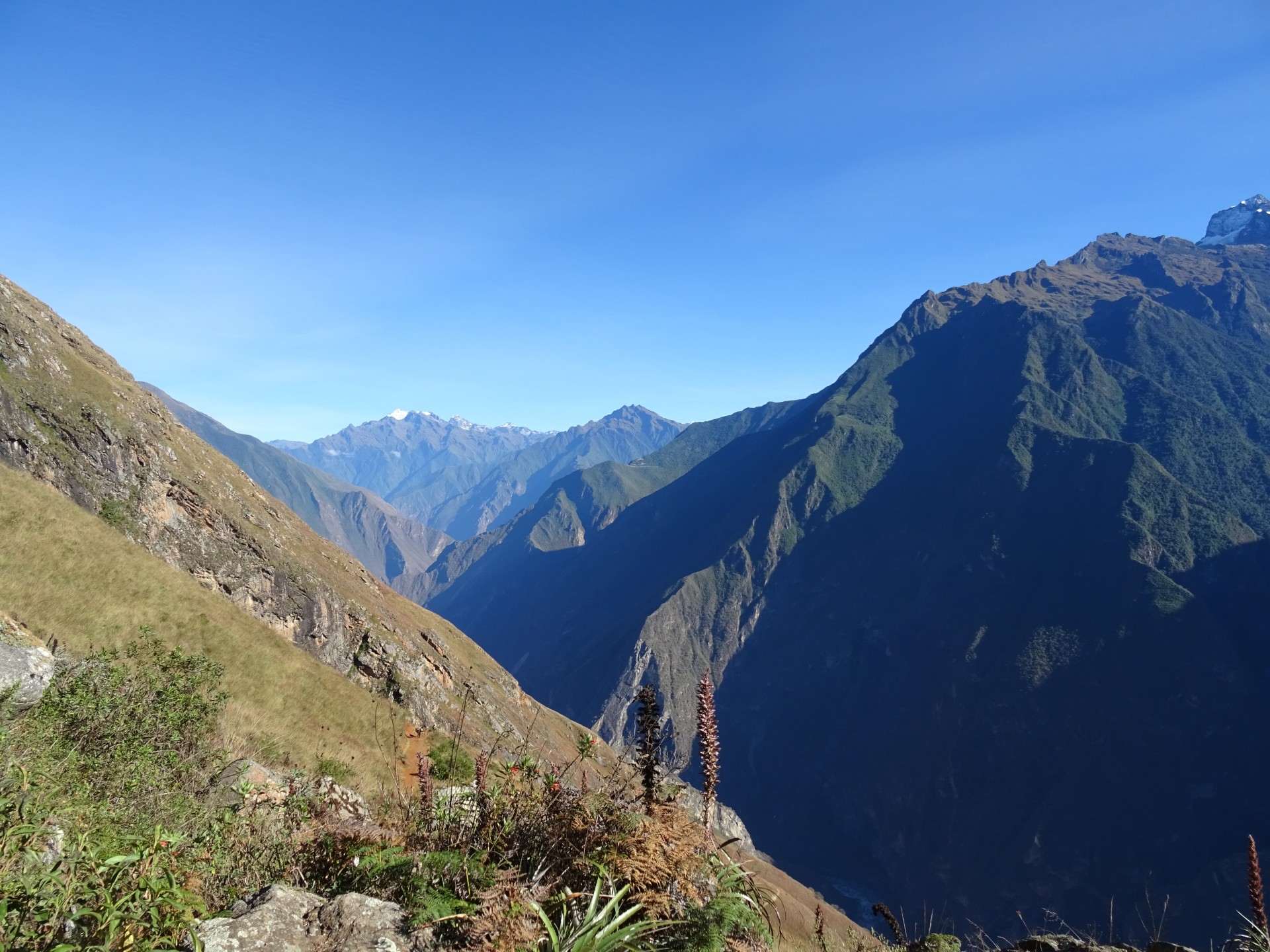
See the mountain top in the centre? Just below, left and in front of it is a little prominence. To the right, in the lee, is Choquequirao.
About halfway to Cusco, our collectivo crammed full of people suddenly turned around and darted down a dirt street, along with another taxi. There were police at a road checkpoint up ahead, and our driver was seemingly missing some important documents. For an hour we waited, until the drivers thought the coast was clear. It wasn’t – soon we shot back down the road, and further past some farms, where we wouldn’t be followed. Then we got stuck.
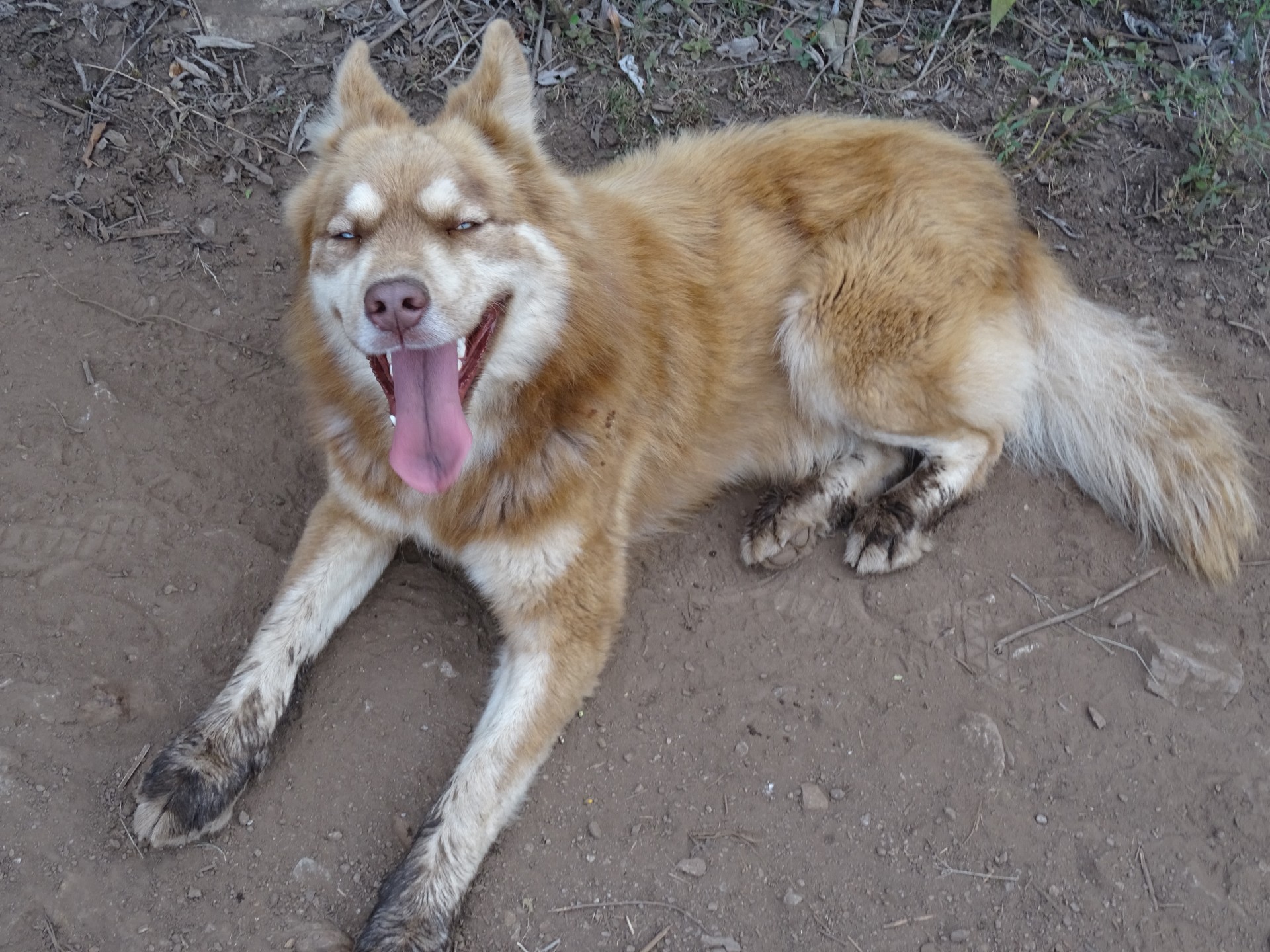
Our friend, Bear, one of two dogs who came with us from Capullioc to Choquequirao, and back again. All the while making us look bad. He’s got one silver and one gold eye, this fella.
Eventually our driver gave it up. No, he wasn’t going to drive over, but he would help people carry their bags across the checkpoint, to another collectivo. This took us a short distance, as did the next one, and the one after that. Eventually, six vehicles, several small towns and eight hours after we set off, we reached Cusco. Despite some questionable information at times, Willie had done his best to get us back, with a little adventure thrown in. I needed food, and sleep.
Ok, after that long and waffly story, I’m actually going to stick some advice in a post. If you decide to go to Choquequirao, firstly, make sure you’re relatively fit. It is a slog. Also, as hard as it is to find a group, do a five day tour, or better still, if you’re not bothered about an English speaking guide for the ruins, hire an arriero in Cachora and do it yourself, spending a night either side of the trek in Cachora. Food is available at all the campsites if you ask nicely. Two and a half days to do it all is just pushing it a bit much, if I’m honest, and more time equals more appreciation. Buena suerte.






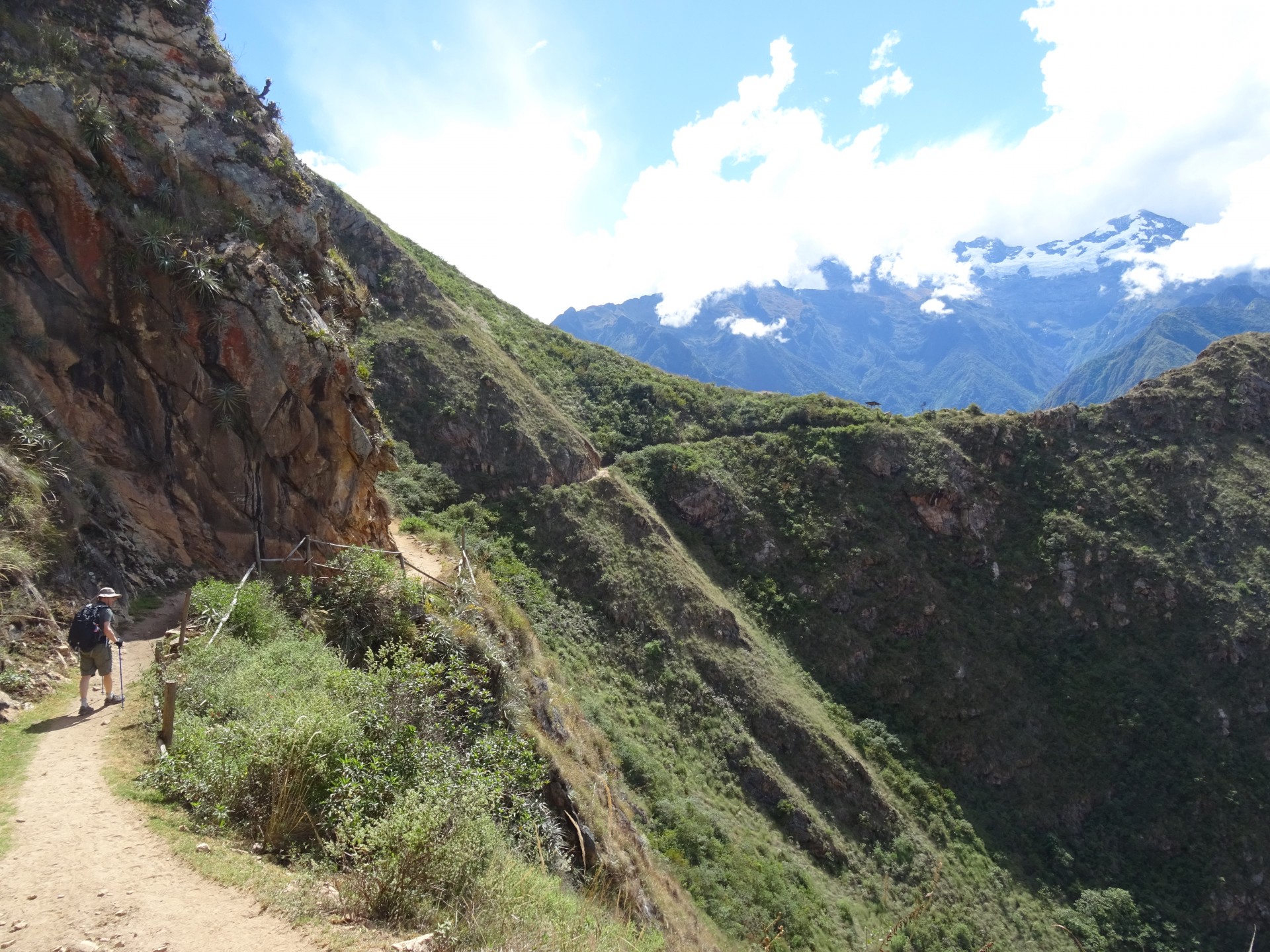
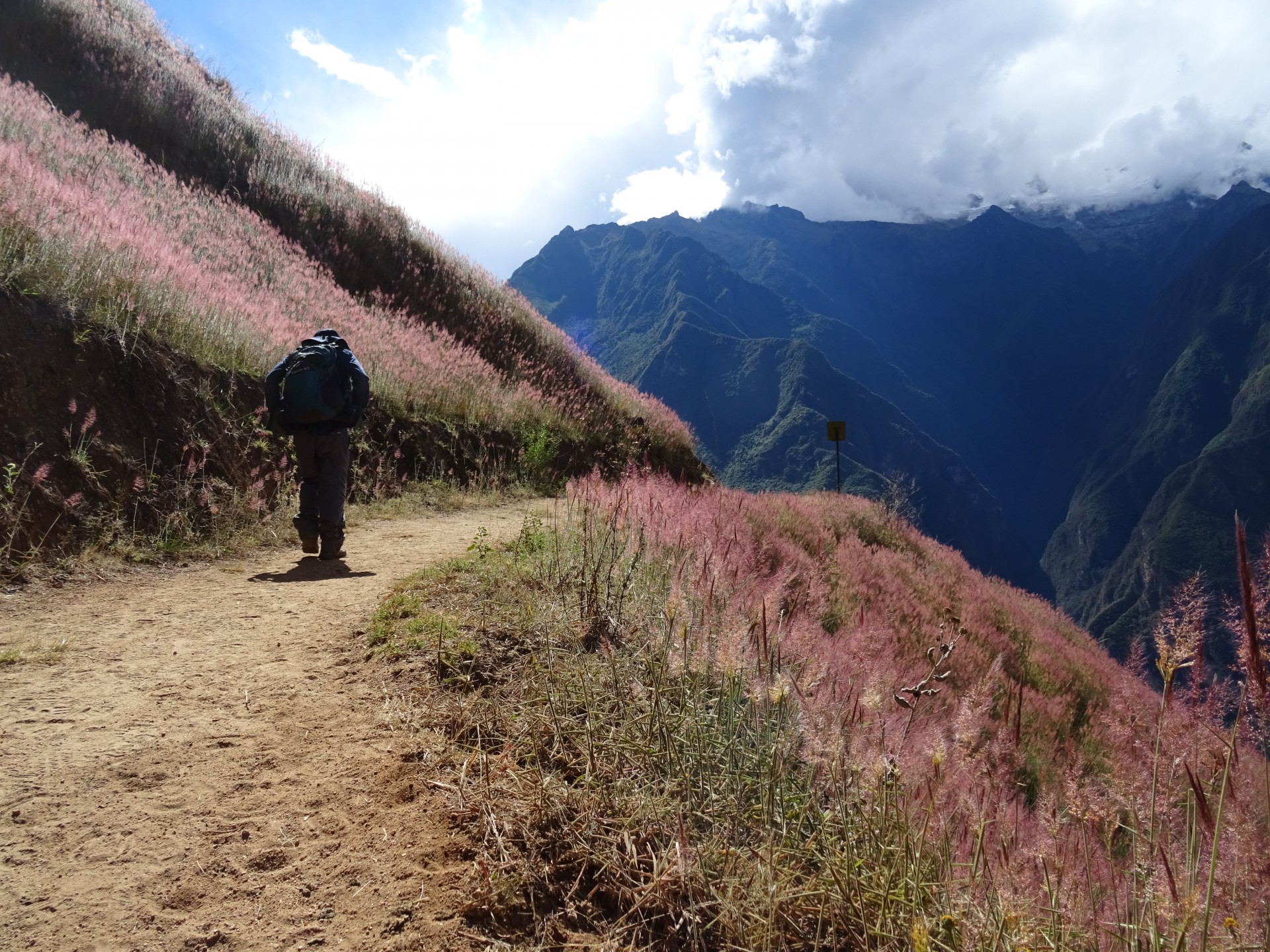


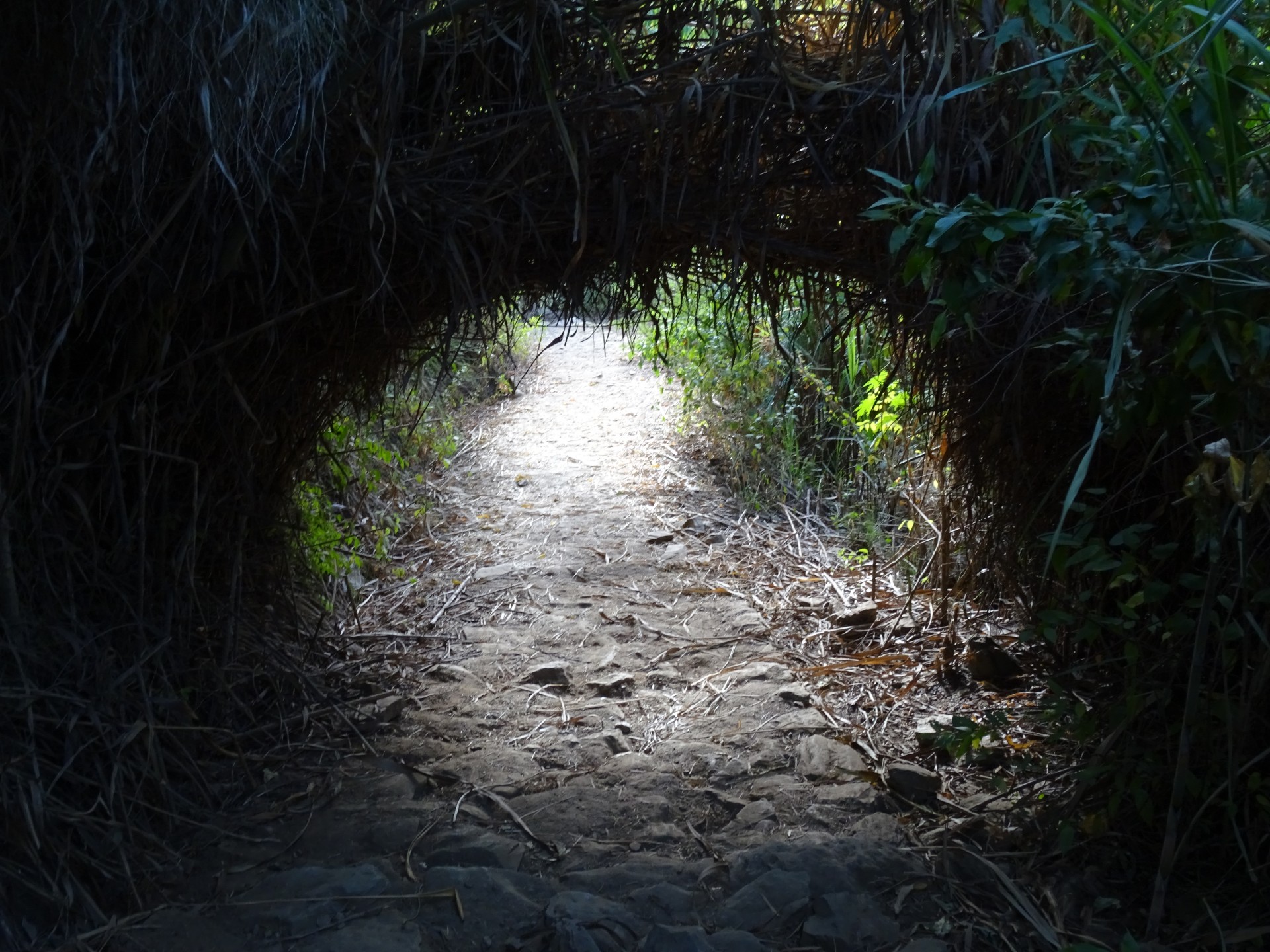

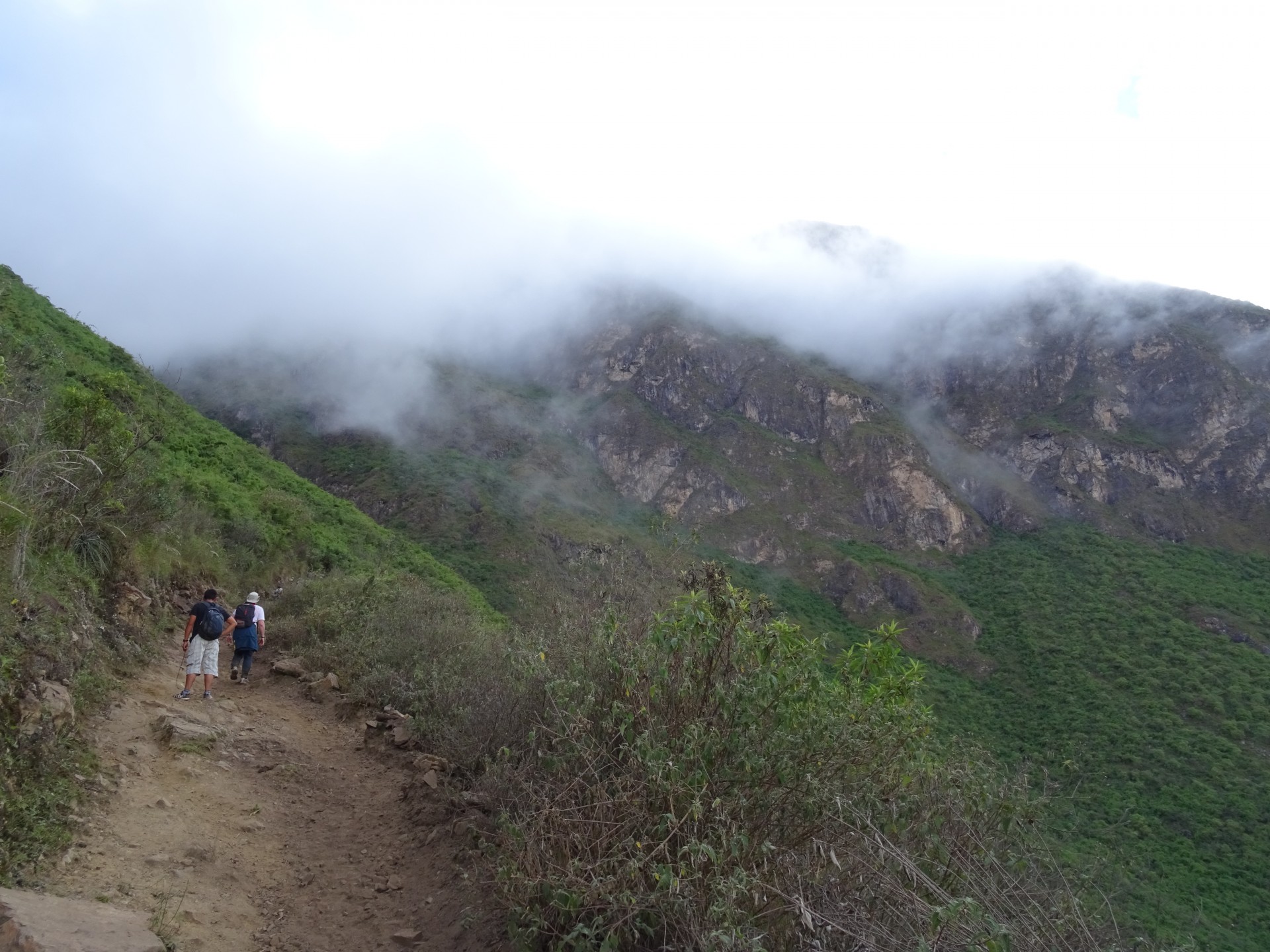


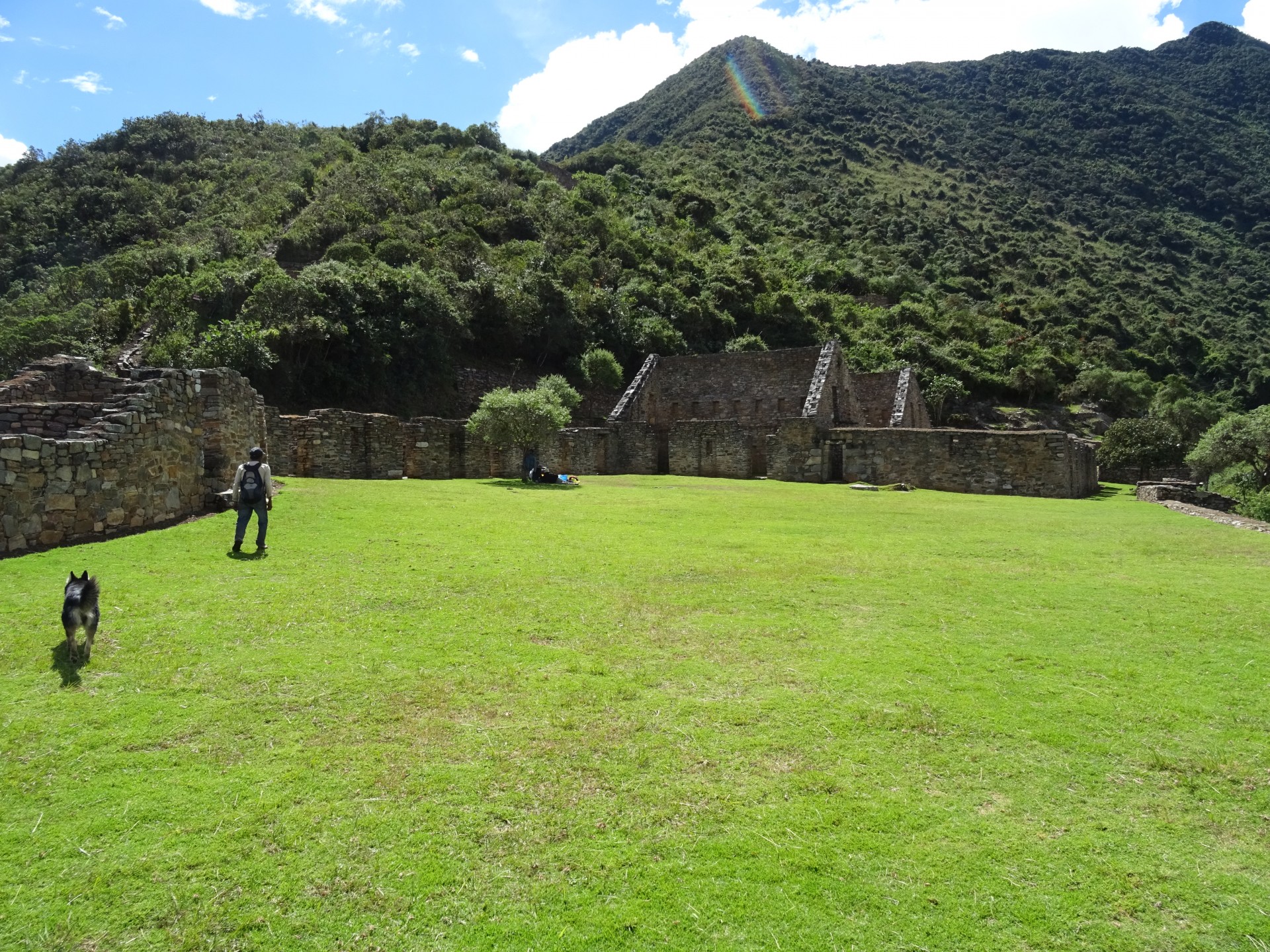


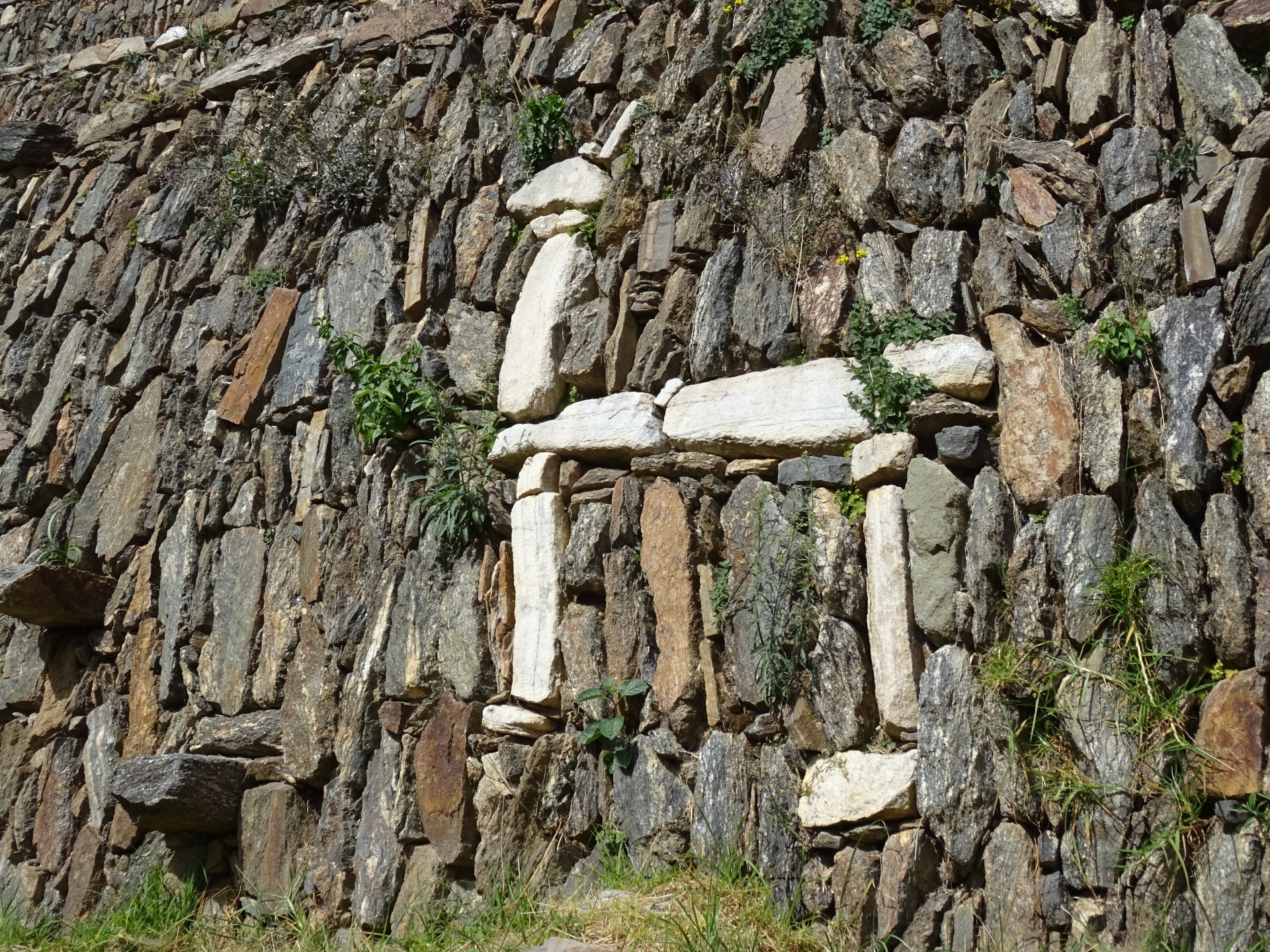


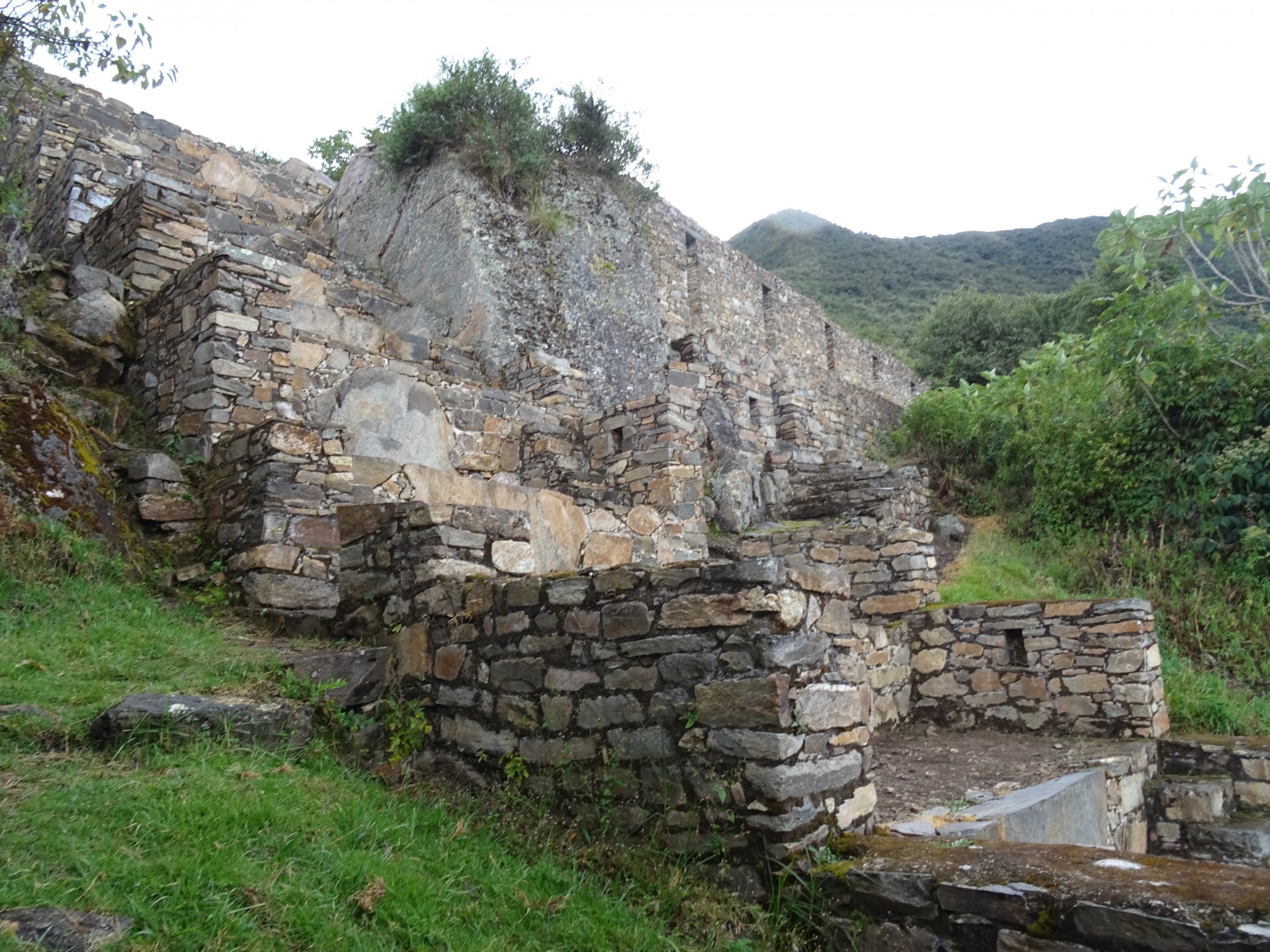


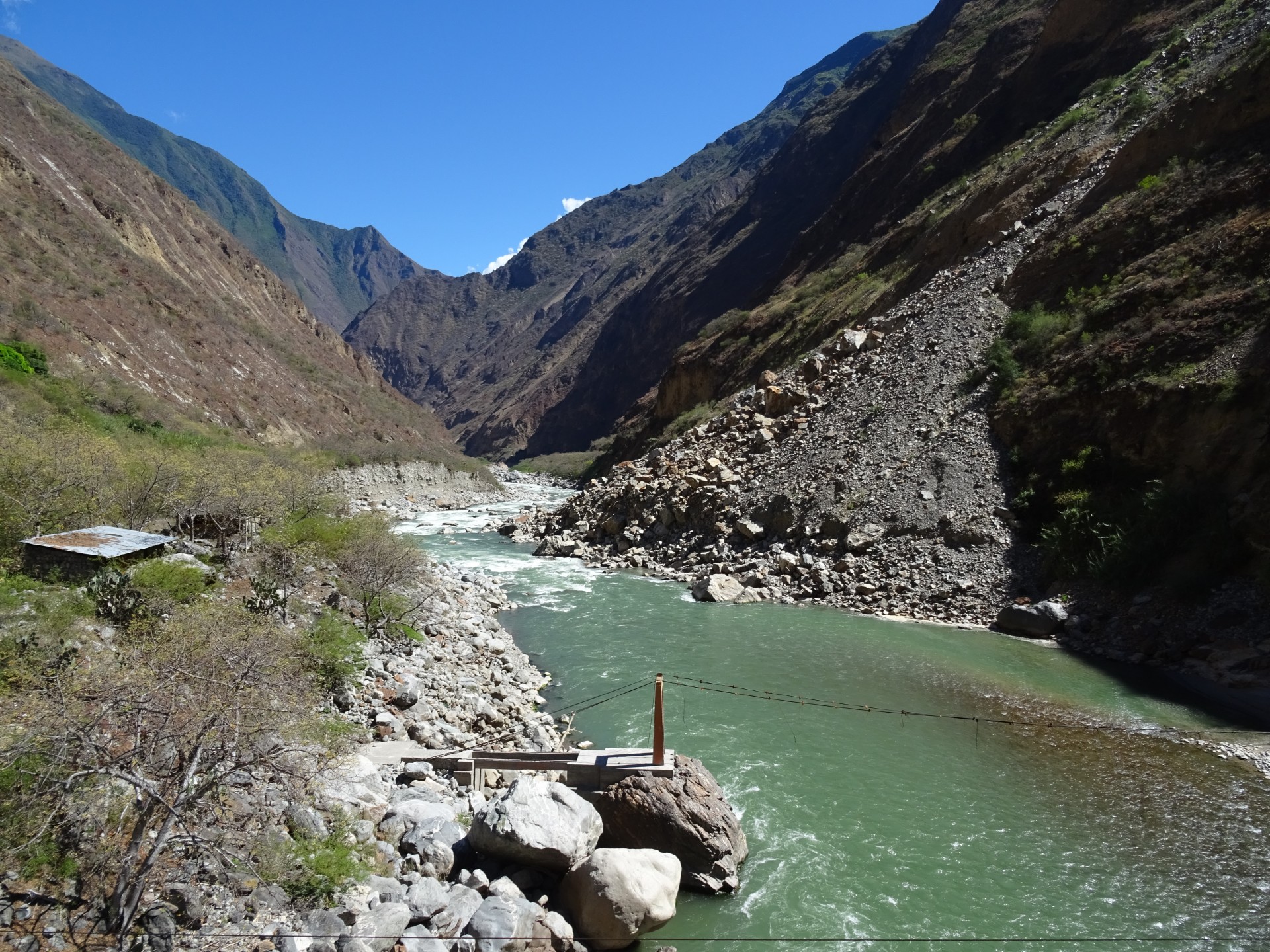
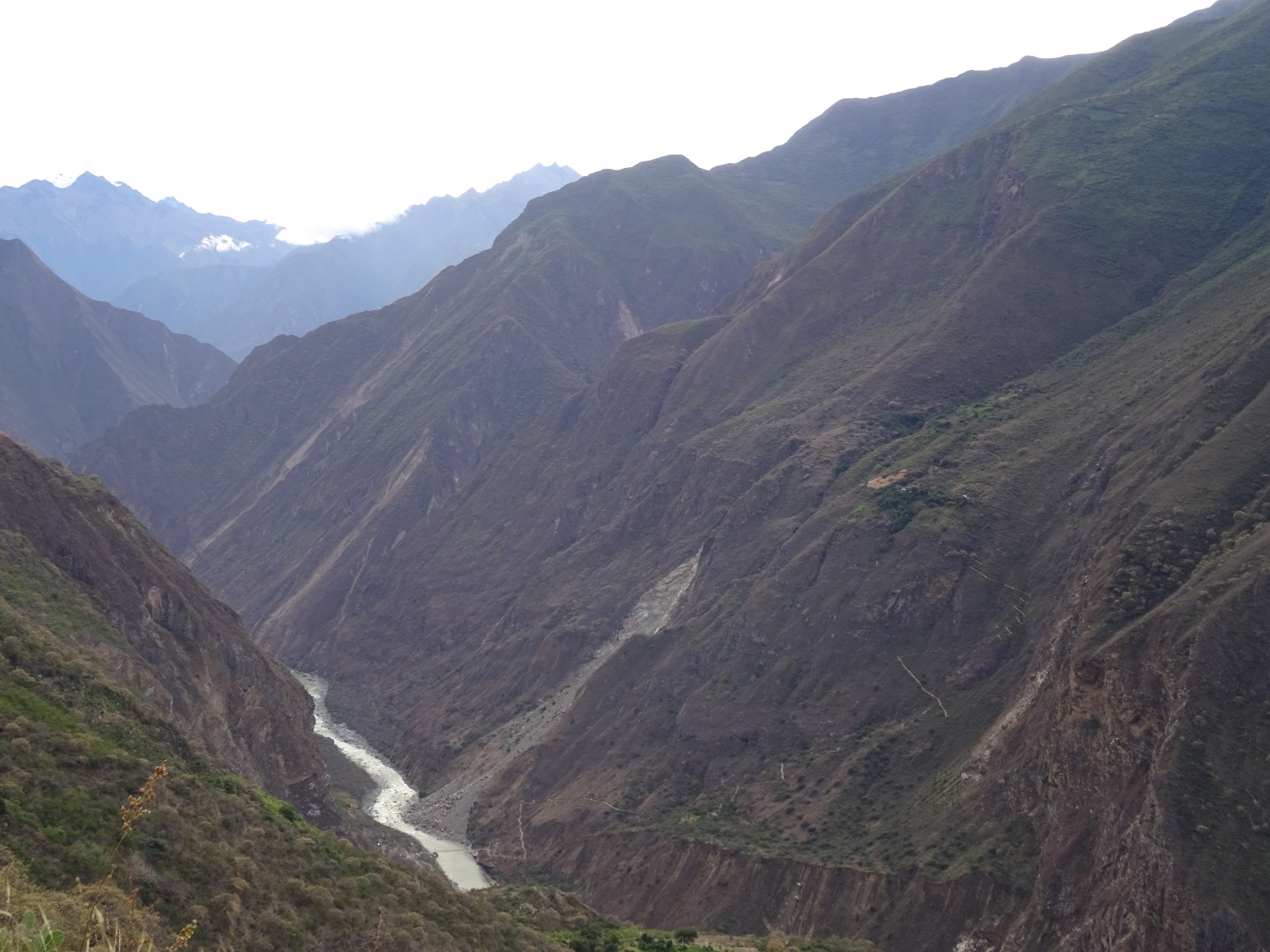


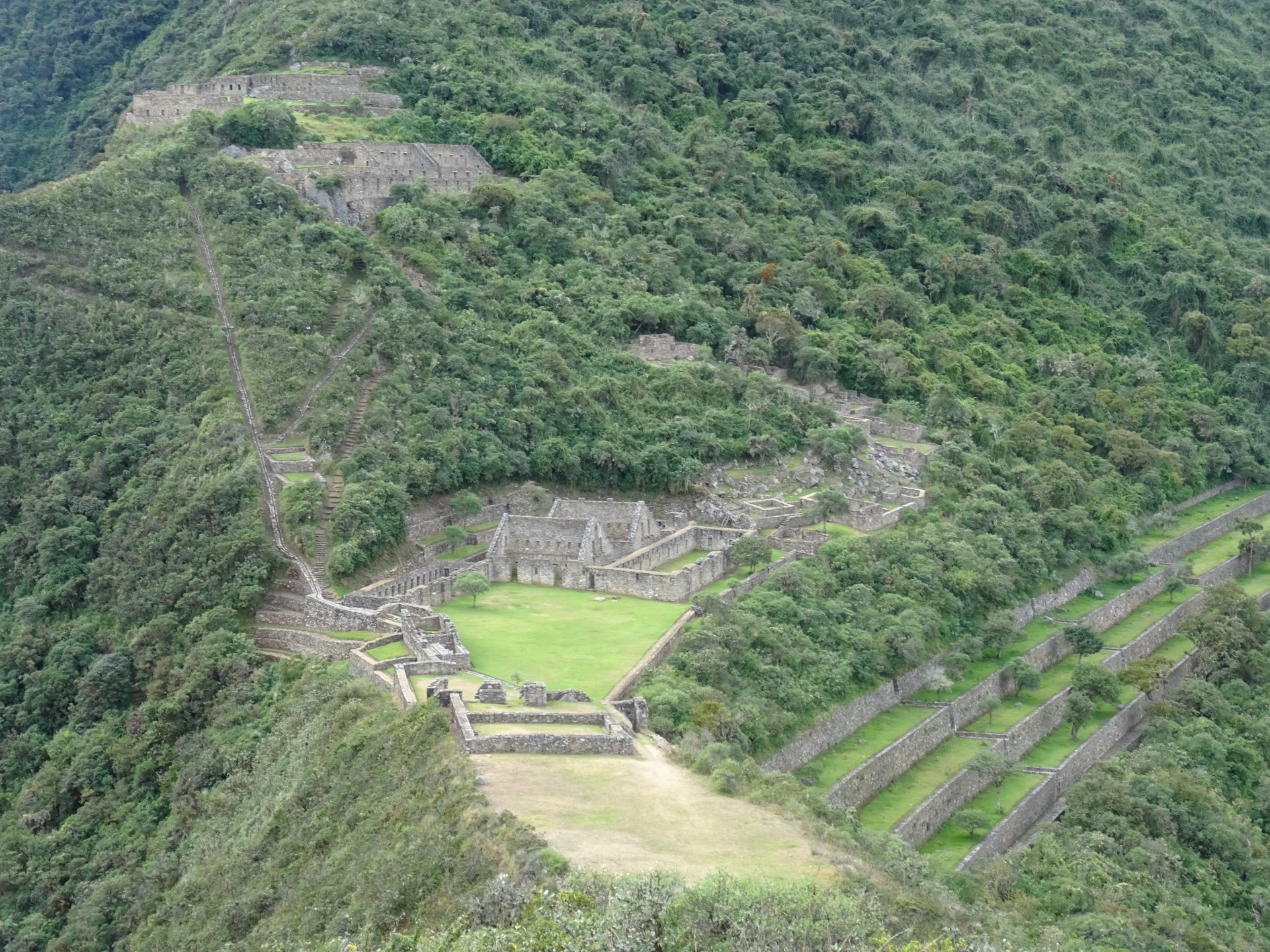
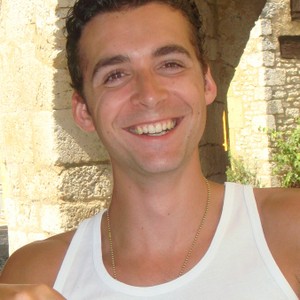



Does this flight involve you being gripped in the claws of a giant albatross?
Hopefully. That sounds very Legend of Zelda, actually!